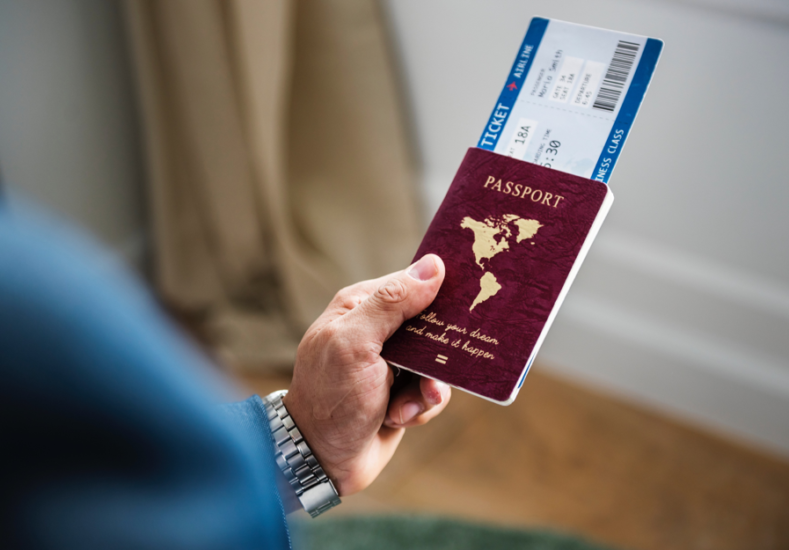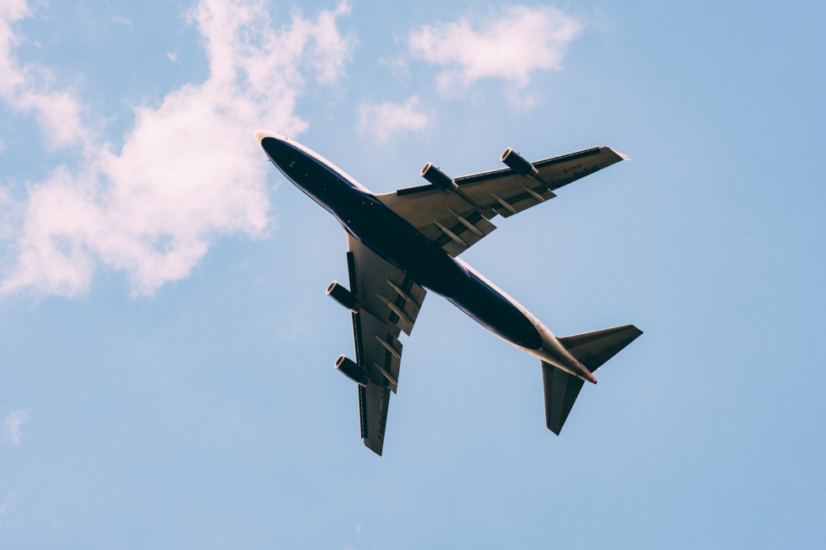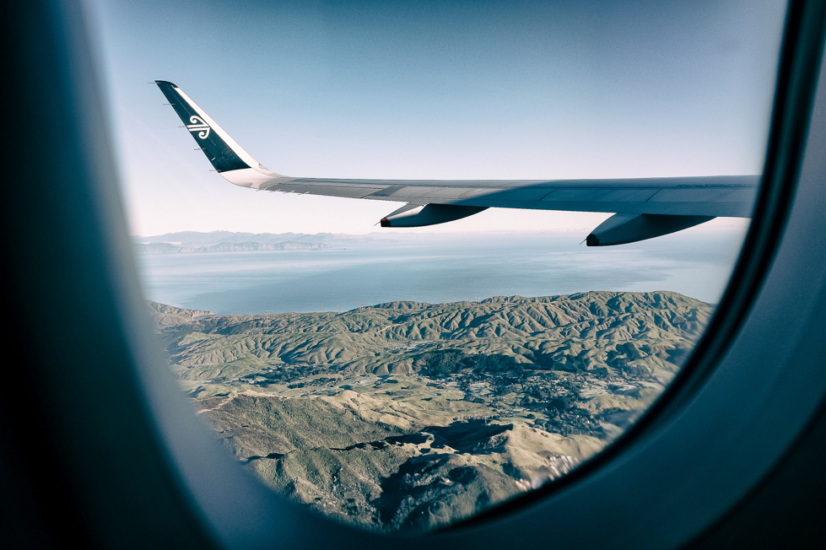Tips for First-Time Flyers & What to Expect

Posted on Sat 8 May 2021
With air travel becoming more and more common and a safe and reliable form of international transport, we are seeing fewer people who are first-time flyers. However, if you have not had the pleasure to travel on an aeroplane before, or if you are travelling with someone else that is a first-time flyer, we’ve identified some tips for making the experience an enjoyable and memorable one. We’ve also included a few notes of what to expect so that hopefully nothing comes as a surprise when you’re cruising the skies.
Before Your Flight
Many people find the build up on the day of travel an exciting time, with the anticipation of what they’ll do when they touch down in their chosen destination and how they will be spending their much-earned holiday time. However, if you’re a first-time flyer, the build-up can be a time of nerves and anxiety which we hope to reduce with these tips below:
Preparing Your Paperwork
Unlike travelling by car or train, there are many different pieces of paperwork required for jet setting. You’ll need a passport (make sure it hasn’t expired!), the tickets/boarding passes and any travel insurance documentation. We suggest packing these somewhere safe in your hand luggage so that they are easily accessible and you won’t have to worry about rummaging around for your passport at the check-in desk. We’d also suggest making copies of these documents as a back-up.

Be a Luggage Master
Another common cause of pre-holiday worry is your luggage. What you’ll be taking, how much of it you can take and what you are and aren’t allowed to bring with you can all weigh heavy. Make sure you check your airline’s luggage allowances to see the limit of the size and weight of the luggage that you can bring, and whether you are bringing hand luggage or both hand and checked luggage.
We’d also suggest checking any limitations the country you’re visiting has placed on foreign luggage. For many countries in Europe, this shouldn’t be too much of a problem; however, some countries don’t allow the import of certain products. A quick double check before you set off will put your mind at ease.

Do Your Research
If you’re someone that responds to logic and statistics, then why not do some research? We’d caution you to be careful what you’re searching for, however, as it’s much easier to find bad news on the web than it is to find good news. As an example, Heathrow airport in London sees roughly 213,000 people arrive or depart every single day, with approximately 1,300 flights landing or leaving daily. Yearly, this equates to 480,000 flights leaving or arriving from one of the busiest airports in Europe. These are truly staggering numbers and may offer some respite for those who are nervous or have a fear of being involved in an accident.
Make People Aware
The old saying still rings true, “a problem shared is a problem halved”, so make sure that people around you are aware that this is your first time flying. If you are looking forward to the experience and have no nerves or worries, then no problem at all! However, if you are feeling anxious or have some reservations, why not speak to family members to seek reassurance. You can even call the airline up in advance to let them know so the staff can be on hand to offer support where possible.

On the Plane
The day of travel has finally arrived, navigating through the airport has been a doddle and you’re now on board your first ever aircraft, but what now? Before the plane takes off, there is a procedural safety demonstration that should be paid attention to. Those who are frequent flyers may not pay attention to this briefing, however, it is one of the most important parts of the experience. Chances are, you’ll have a trouble-free flight and arrive briskly in paradise, but knowing what to do in the very slim chance of an emergency will help you to act safely and responsibly.
For people who are fans of flying, the take-off can often be the most exhilarating part of the experience. For new flyers, expect to be pushed back into your chair as the plane accelerates down the runway and maybe a few small bumps while the plane climbs through the air. It can take anywhere from two to ten minutes for the flight to reach cruising altitude, so don’t worry if it feels like it takes longer than it should. The change in altitude and cabin pressure may cause your ears to pop, try yawning or chewing gum to alleviate the feeling of having ‘blocked’ ears.
Finally, we’d suggest bringing something to pass the time during your flight. Whether you’re on a two-hour short haul or a ten-hour overnight flight, you won’t want to be bored. Bringing music, a book or a tablet/iPad will make your journey more enjoyable and make the time really fly!
Hopefully, this will help any first-time flyers and encourage them to take to the skies for their next adventure. Make sure you have something to look forward to when you arrive at your destination by booking one of our experience holidays. We cover a real plethora of amazing destinations, so get in touch to find out more!
Read more from our blog here
